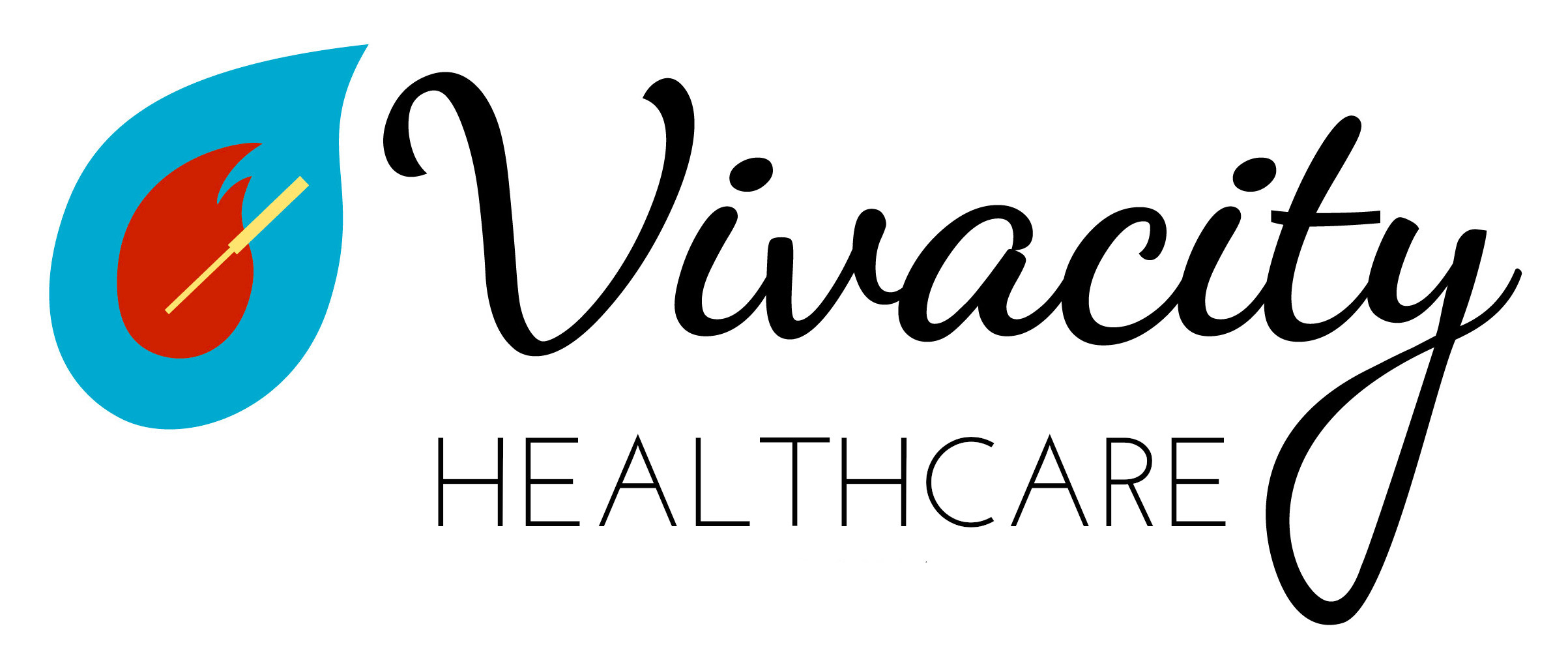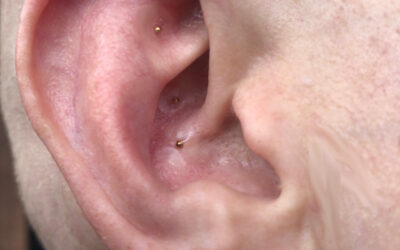Pain is Inevitable; Suffering is Optional.
Life happens and we all get injured from time to time. If proper treatment is administered early on, say within a month or so from the injury, acute pain can often be mitigated before becoming chronic. While most soft tissue injuries should resolve in under 3 weeks, this post is about what happens in chronic pain after several months from onset.
Loosely speaking there are two regions pain generates from– central pain (from the brain and central nervous system) vs. peripheral pain. A fresh injury treated at the peripheral source, say a muscle strain, is less likely to centralize or develop into ‘brain pain.’ An analogy to conceptualize the centralization of pain is turning up an amplifier– once centralized the brain amplifies signals from peripheral sources. Central pain is estimated to affect 30% of people, and these two types of pain can coexist. However, chronic pain that has gone central can then exist with no peripheral cause! [1]
Emotion and reward cycles in chronic pain mimic the neurocircuitry of addiction. Getting quick fixes to the reward circuits in the brain (by guarding, opioid use*, smoking and even junk food) in the immediate aftermath of an acute injury will train the brain (neurotransmitters) to seek this quick fix. The more the reward circuits are swamped, the faster those circuits get. This can look like a person in pain compulsively seeking relief, even when the methods of relief are helping less and less. Meanwhile, as the nervous system learns to feel pain more and more efficiently, as if an amplifier has been turned up, the pain becomes more and more intense. Anticipation and fear of pain increases pain.
Feeling pain and seeking relief can take over a person’s experience in a similar way that addiction can take over a person’s life. Even if the person rationally knows that what will help with persistent pain is gentle exercise, the part of the brain that can make rational decisions is less and less accessible. The small, ordinary pleasures of day-to-day life get crowded out, which means that the person gets less practice feeling pleasure and more practice feeling pain. The social aspect of persistent pain can be profound as anticipation of pain leads a person to withdraw from the activities of daily life. Isolation increases stress and negative emotions, which in turn increase pain. Emotional distress occurring with chronic pain has been correlated with a poor prognosis [2].
Research suggests that the way to heal the brain from the cycle of compulsive relief-seeking and amplified pain is to gently re-establish connections in the brain that provide small, reliable doses of positive feeling. Over time, low-key rewards that don’t swamp and overwhelm the circuitry can begin to have an effect on the pain amplifier, and actually turn it down. Neuroplasticity results when experiencing things other than pain through cultivating positive experiences. This allows the frontal cortex to intervene again in reward-seeking behavior controlled by other parts of the brain. [1]
Practical steps to address chronic pain
Slow and steady neurotransmitters from pleasurable activities, small goal achievement, and effective emotional coping is the goal. You could create a ‘pleasurable activities’ schedule if time seems to fly by without those activities built in.
Sleep helps inhibit downward pathways of brain signals! Statistics show that 35% of Americans have sleep disturbance and 18% have serious sleep problems [1]. If you are not consistently getting 8+ hours, read this post for suggestions on how to improve your sleep quality.
Exercise helps by increasing signals going to the brain, helping quiet the pain signals. This is why bed rest should also be a temporary solution. Start small or gently to gain confidence– the same amount of steady activity daily can reduce chronic pain by 30%.
Understanding and acceptance help– pain decreases as we make sense of the pain and why it is happening as well as when we reduce the fear of pain. Seeing a healthcare provider that can help explain what is happening will help even before treatment is administered. Furthermore, acupuncture helps interoceptive awareness (which can help mollify central pain if no peripheral source remains), emotional regulation (if fear or anxiety are contributing factors) and other underlying causes of chronic pain [3].
*Medication should make a functional difference. Many opioid medications in the long term do not increase function, and this is why this type of medication is a short-term solution only.
References:
[1] Solotaroff, R (2016). “Pain Management: Chronic Pain 101 CareOregon MEDS Ed Seminar.” https://www.youtube.com/watch?v=pa_plih7WY4. Accessed May 9, 2022.
[2] Vachon-Presseau, E, et. al (2016). “The emotional brain as a predictor and amplifier of chronic pain.” J Dent Res. Jun;95(6):605-12.
[3] Taylor-Swanson, L, et. al (2019). “Combined mindfulness and acupuncture in the context of chronic pain: Pilot feasibility and acceptability study protocol.” Advances in Integrative Medicine. Vol. 6, s83.




